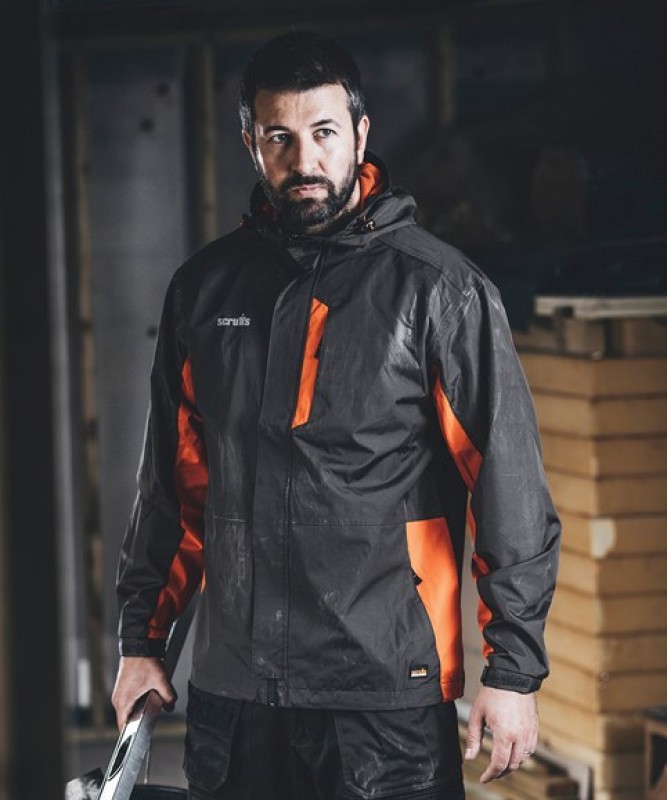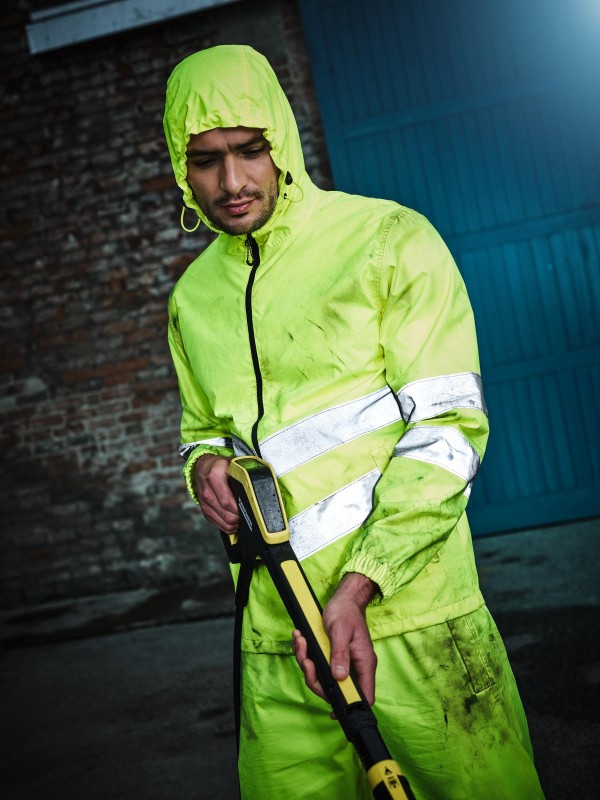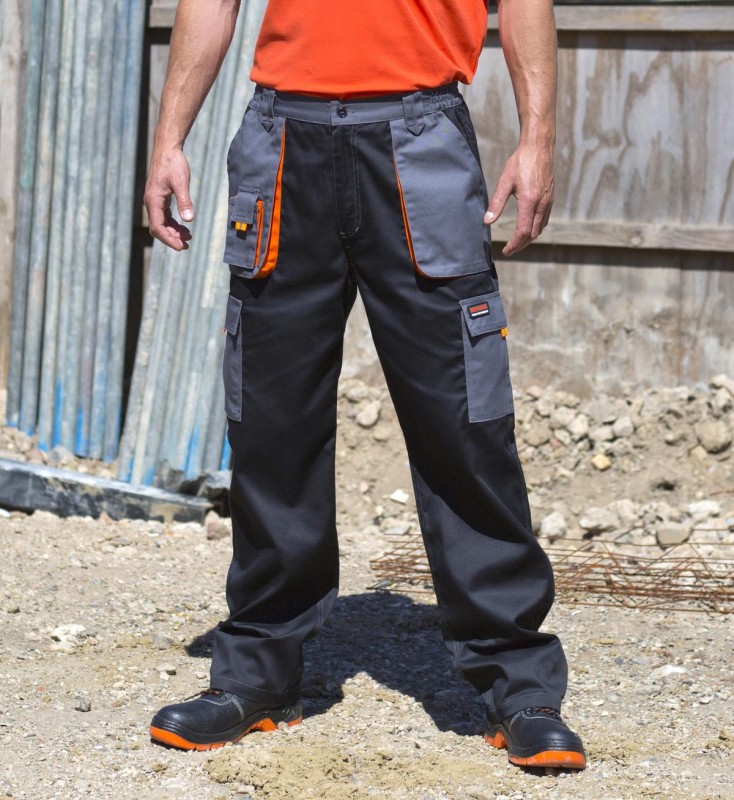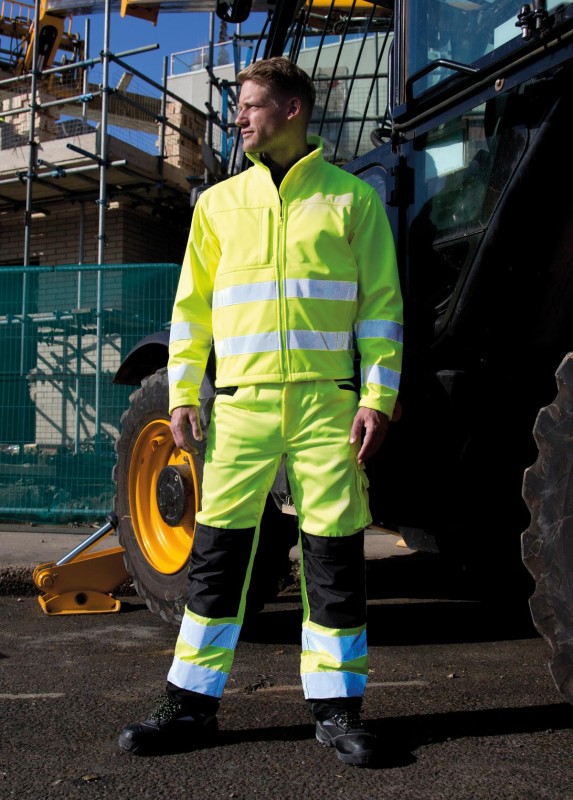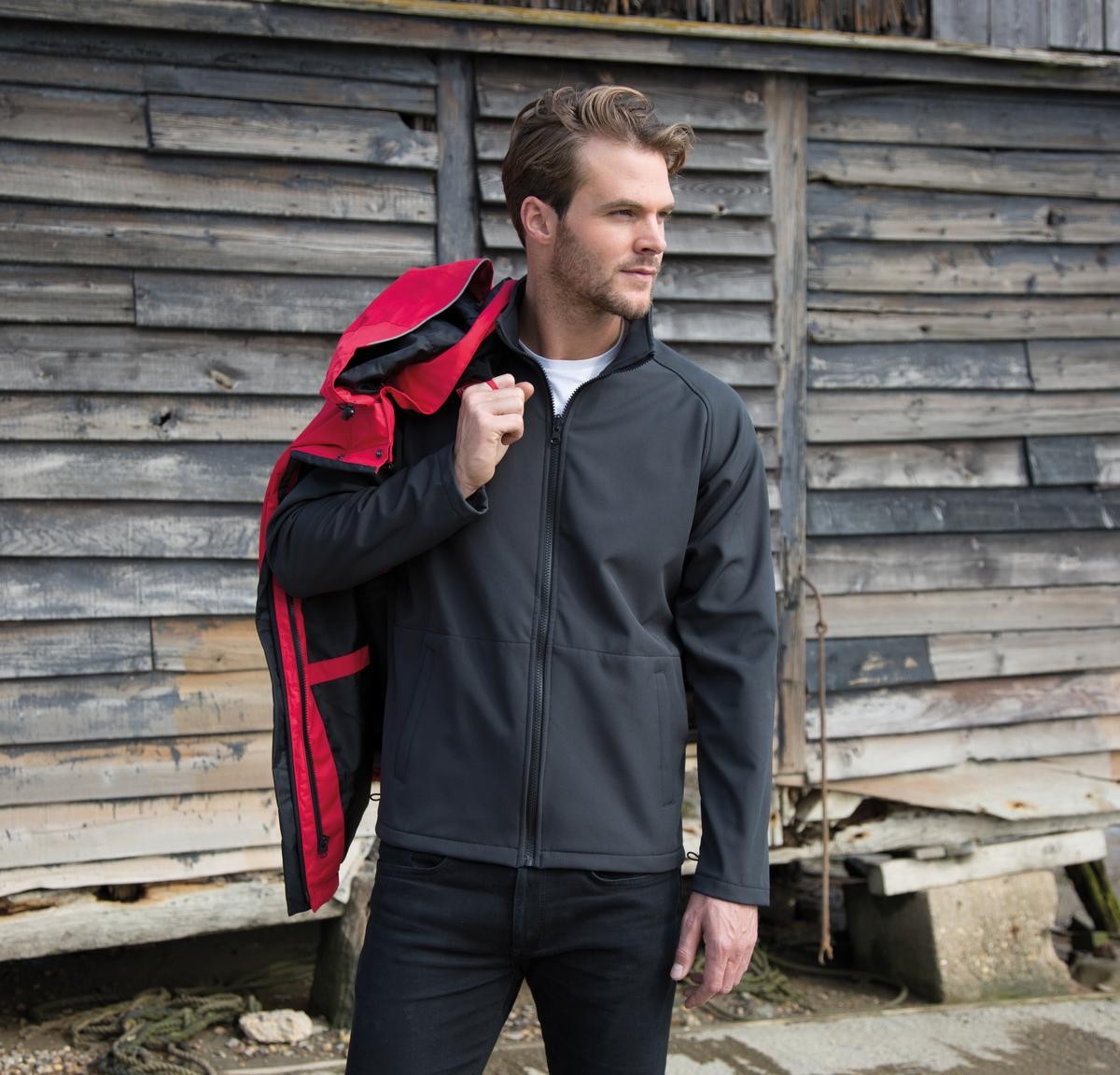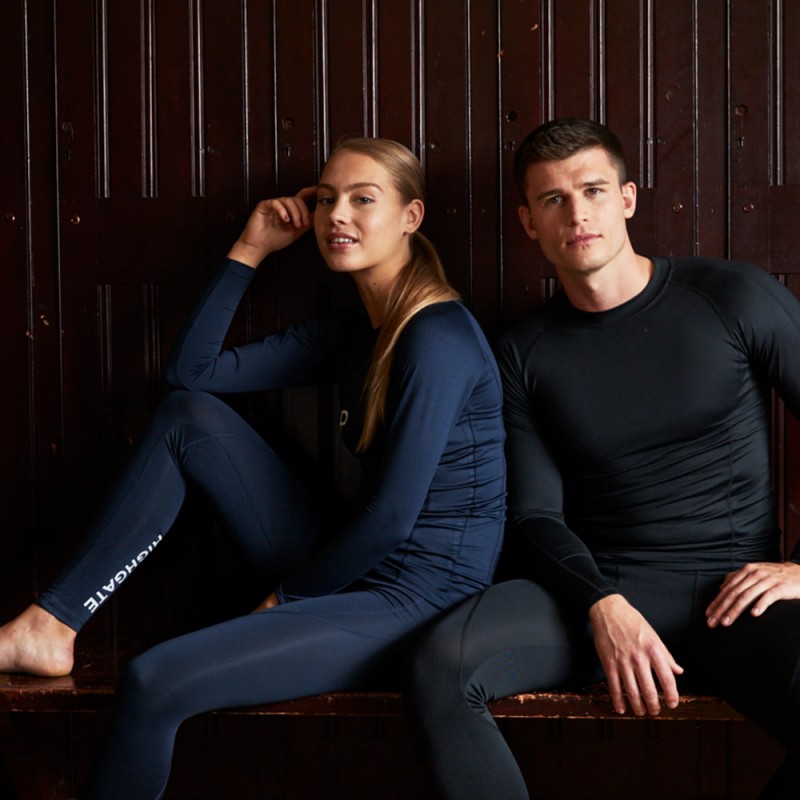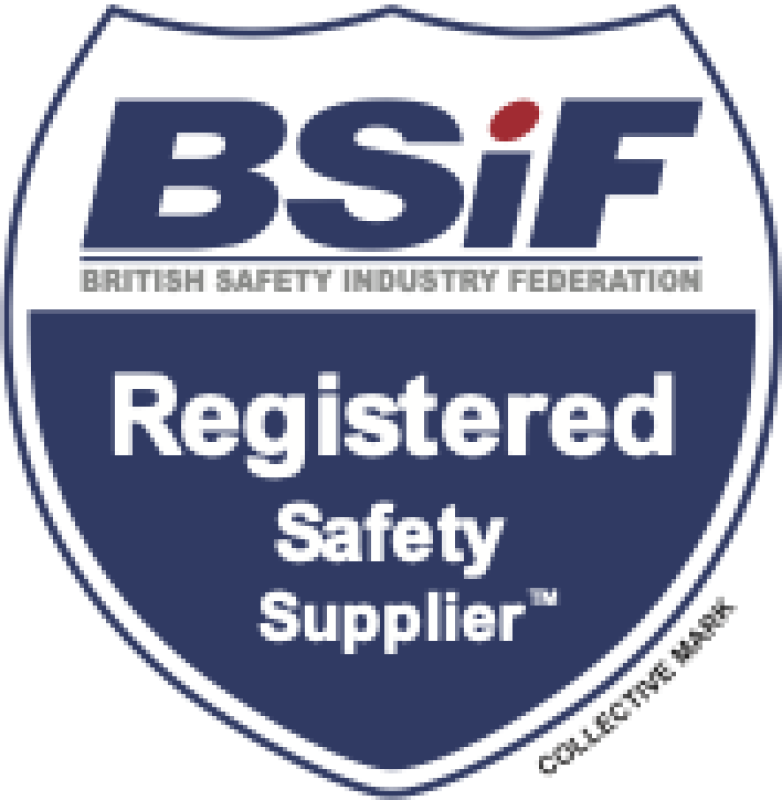Search for a product…
The smallprint
PPE & Safety Regulations
The current Covid-19 situation has created opportunities for non-compliant PPE to enter the UK market, the BSiF guidance below set out what to look for on claimed PPE products.
To help empower everyone to weed out fake PPE documents/Certificates/Declarations of Conformity for themselves, BSIF released a document to help everyone through what can currently appear a daunting task: that of navigating your way to sourcing compliant PPE. The document is Simply Entitled ‘CE Certificate Checklist’. It will steer you through exactly what to look for and what to avoid regarding the compliance of PPE. Used correctly this document will teach you how to avoid sourcing non-compliant masks, gloves, face shields etc.
https://www.bsif.co.uk/wp-content/uploads/2020/04/CE-Certificate-Checklist-2020-2.pdf
With JFM being members of the BSiF and the Registered Safety Supplier Scheme, we take our obligations within the UK safety and PPE supply change seriously. Our supply chain partners and customers can therefore expect the highest standards on any workwear, safety wear or PPE that we supply to our customers. If we become aware of any sub-standard or non-compliant PPE, we will inform our customers at the earliest possible opportunity.
Our supply chain partners Beeswift, have a range of technical guides below that highlight the relevant regulations of each product or sector within workwear and safety wear:
Head/Face/Eyes/Ears Protection.
EN 397 – Safety Helmets: https://www.beeswiftonline.com/Technical/ENStandards/EN_397.pdf
EN 166 – Eye Protection including BS2092: https://www.beeswiftonline.com/Technical/ENStandards/EN_166.pdf
EN 352 – Ear Protection: https://www.beeswiftonline.com/Technical/ENStandards/EN_352.pdf
EN 149 – Respiratory Protective Devices: https://www.beeswiftonline.com/Technical/ENStandards/EN_149.pdf
EN 166 – Personal Eye Protection: https://www.beeswiftonline.com/Technical/ENStandards/EN_166.pdf
EN 397 – Industrial Safety Helmets: https://www.beeswiftonline.com/Technical/ENStandards/EN_397.pdf
EN 812 – Industrial Bump Caps: https://www.beeswiftonline.com/Technical/ENStandards/EN_812.pdf
Hand Protection.
EN 420 – General: https://www.beeswiftonline.com/Technical/ENStandards/EN_420.pdf
EN 388 – Mechanical Risk: https://www.beeswiftonline.com/Technical/ENStandards/EN_388.pdf
EN 374 – Chemical Risks: https://www.beeswiftonline.com/Technical/ENStandards/EN_374.pdf
EN 407 – Thermal Risk: https://www.beeswiftonline.com/Technical/ENStandards/EN_407.pdf
EN 511 – Low Temperature Risk: https://www.beeswiftonline.com/Technical/ENStandards/EN_511.pdf
Garment Protection.
EN ISO 20471 – High Visibility Clothing: https://www.beeswiftonline.com/Technical/ENStandards/EN_ISO_20471.pdf
RIS-3279-Tom – Rail Industry Standard for High Visibility Clothing: https://www.beeswiftonline.com/Technical/ENStandards/RIS-3279-TOM.pdf
EN ISO 11611 – Protective Clothing for use in Welding and Allied Processes: https://www.beeswiftonline.com/Technical/ENStandards/EN_ISO_11611.pdf
EN ISO 11612 – Clothing to Protect Against Heat & Flame: https://www.beeswiftonline.com/Technical/ENStandards/EN_ISO_11612.pdf
EN 1149 – Protective Clothing. Electrostatic Properties: https://www.beeswiftonline.com/Technical/ENStandards/EN_1149.pdf
EN 343 – Protection Against Rain: https://www.beeswiftonline.com/Technical/ENStandards/EN_343.pdf
EN 342 – Ensembles and Garments for Protection Against Cold: https://www.beeswiftonline.com/Technical/ENStandards/EN_342.pdf
Footwear Protection.
EN ISO 20345 – Safety Footwear: https://www.beeswiftonline.com/Technical/ENStandards/EN_ISO_20345.pdf
Further guidelines on Hi-Viz protection are outlined below.
Hi Visibility Garment Types
Hi-Vis garment types are grouped into three classes based on the conspicuity provided, with the classes dictating the minimum quantities of background and retro-reflective materials to be used.
 | CLASS 3 – Highest Protection Level: Band of retro-reflective materiel shall not be less the 50mm wide. Minimum background material 0.80m². Minimum retro-reflective material 0.20m². A revised version of EN ISO 20471 was published in March 2004. One of the major changes in this version is that horizontal reflective bands can now have an incline of +20°. |
 | CLASS 2 – Intermediate Protection Level: Band of retro-reflective materiel shall not be less the 50mm wide. Minimum background material 0.50m². Minimum retro-reflective material 0.13m². |
 | CLASS 1 – Lowest Protection Level: Band of retro-reflective materiel shall not be less the 50mm wide. Minimum background material 0.14m². Minimum retro-reflective material 0.10m². Where enhanced visibility is an advantage, but for limited risk/off road purposes only. |
Highway agency manual of contract - documents for highway works
Produced by the Highways Agency for all its contractors working on main or trunk roads in the UK. All those working on or near the roads should wear high visibility warning clothing (Class 2 or 3) complying to EN ISO 20471 paragraph 4.2.3(b).
‘Shall have two horizontal bands of retroreflective material not less than 50mm apart from around the torso and bands of retro-reflective material joining the uppermost torso band from the front to the back over each shoulder’. In addition on motorways or other high speed roads full length sleeved garments should also comply with paragraph 4.2.4 ‘Full length sleeves’.
Care and maintenance hi-visibility - garment tips
- The dirtier a Hi-Vis garment gets, the less effective it becomes.
- Make sure that garments are washed regularly, or disposed of when permanently soiled.
- Do NOT allow sections to be cut off or removed – the level of protection they provide depends on the areas of fluorescent and retro-reflective materials included within the garment.
- Make sure that the garment is worn fastened at all times to ensure maximum protection and reduce the risk of entanglement with moving machinery etc.
Call 0151-705 0709 for orders & enquiries
Designed by Ident Creative Ltd
JFM Workwear is a trading name of JFM (Liverpool) Ltd, Registered in England and Wales.
Company Number 11942382. VAT Number 336 0113 45.





